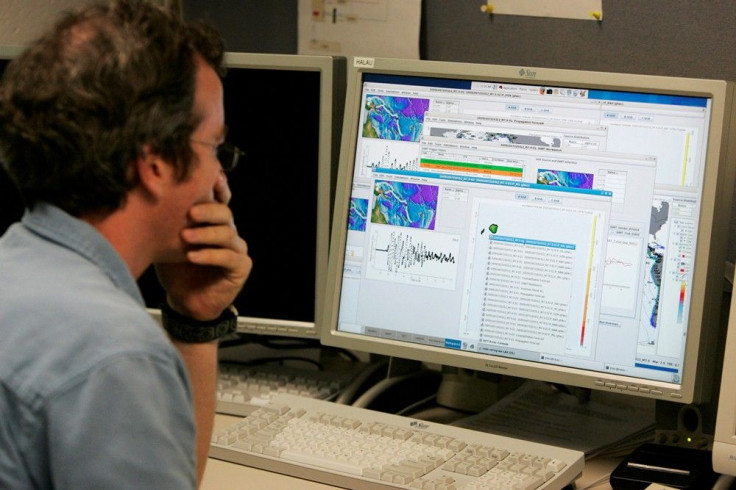Major Earthquake Hits Papua New Guinea

A major earthquake with a recorded magnitude of 7.5 hit Papua New Guinea on Monday morning. A tsunami alert was issued soon after.
According to the United States Geological Survey (USGS), the epicentre of the 40-km deep quake that took place morning of Monday was near Rabaul, a town northeast of Papua New Guinea. Initially, the recorded magnitude was at 7.7, but it was later reduced to 7.5. The quake struck 55 kilometres southeast of Kokopo, with population of 26,000 people, based on the report by the US Geological Survey.
The Pacific Tsunami Warning Centre initially gave a warning that waves measuring as high as three meters could hit PNG and less than 0.3 metres of waves could hit some Pacific countries. However, the warning was lifted a few hours later after a report that a 3-centimetre tsunami wave was recorded 280 miles from the epicentre, at a wharf in the Solomon Islands.
In the epicentre town, residents observed that the sea level slightly increased causing flood in the parking lot of shopping centres located near the beach, “but nothing beyond that no damage caused,” said Mika Tuvi, an employee of the Rabaul Hotel.
When the tremor began, employees and hotel guests evacuated the area for the fear of a building collapse. According to Tuvi, the tremor lasted for five minutes with a frightening intensity.
Papua New Guinea is an area frequented by quakes. It is located where Pacific, Indo-Australian and Philippine plates converge. The constant shifting of these plates will sometimes result to earthquakes with the possibility of producing tsunamis.
The country is also situated on the “Ring of Fire”, an area rich in volcanic and earthquake activity and stretches around Pacific Rim. The last recorded devastation of PNG’s coast was at magnitude 6.8 that hit Bougainville island in December 2014.
To contact the writer, email: wendylemeric@gmail.com






